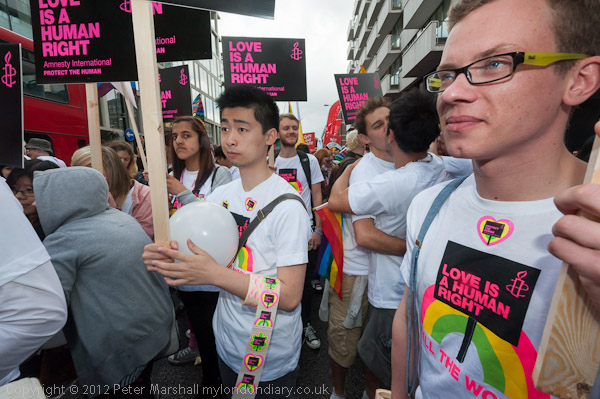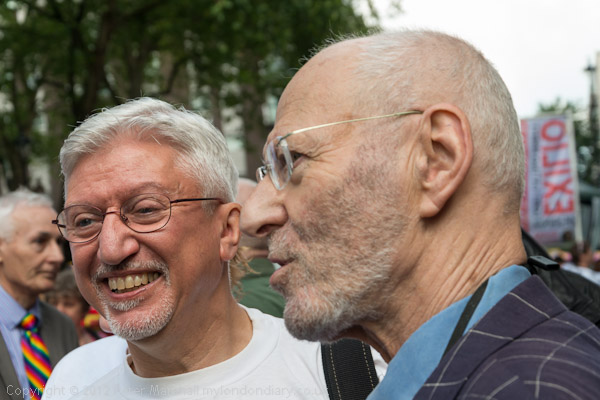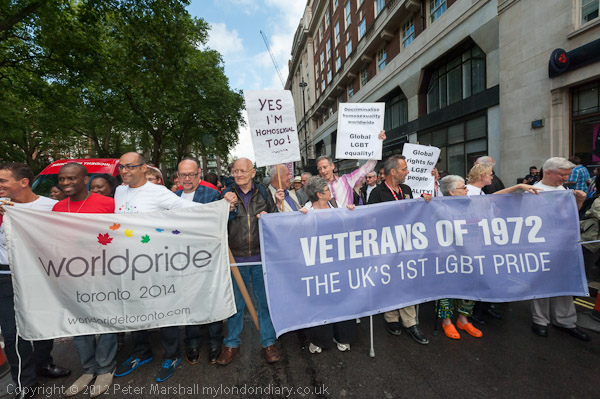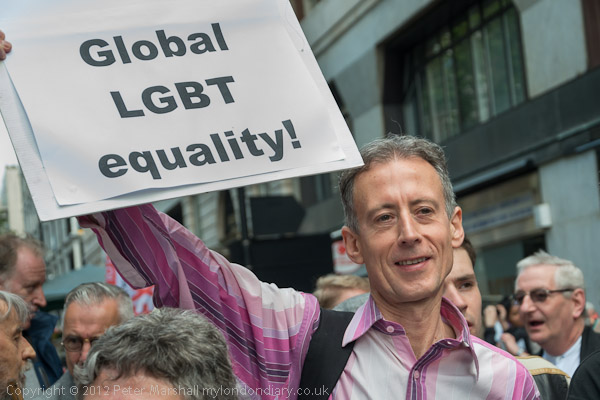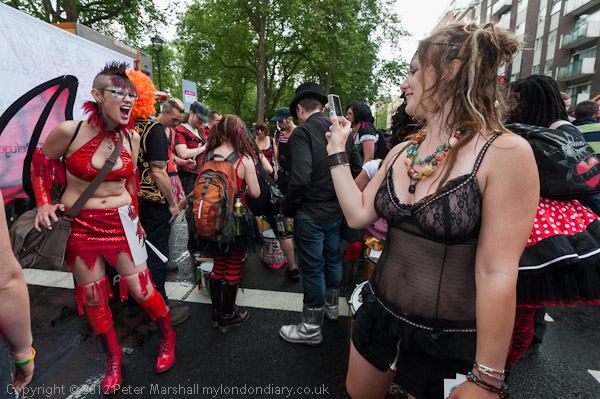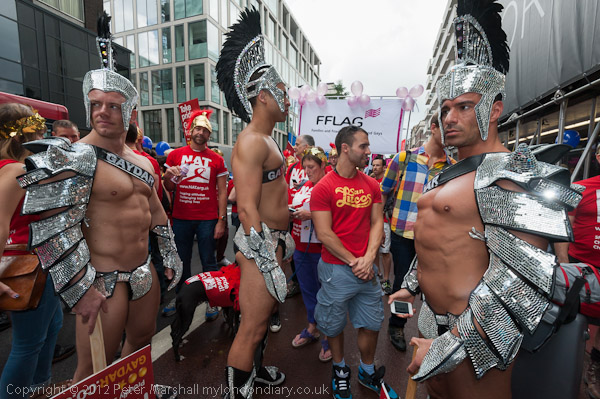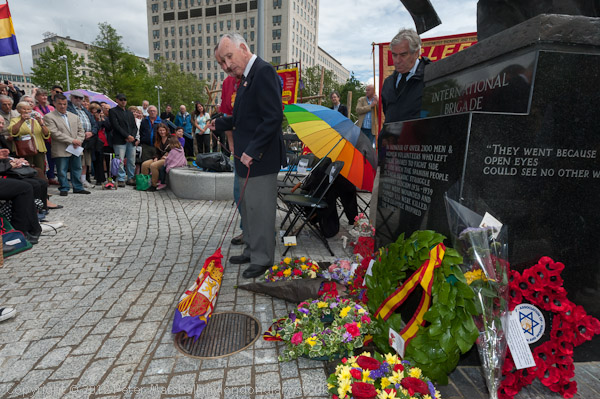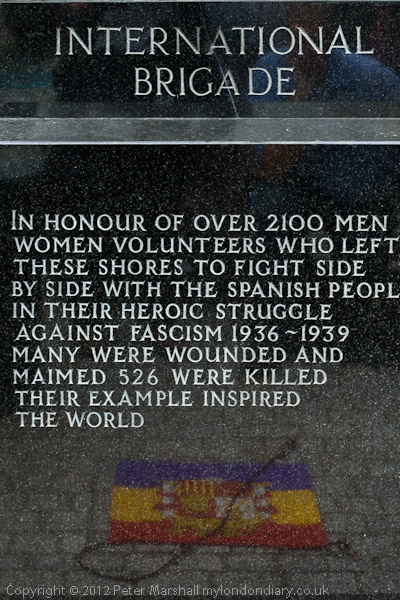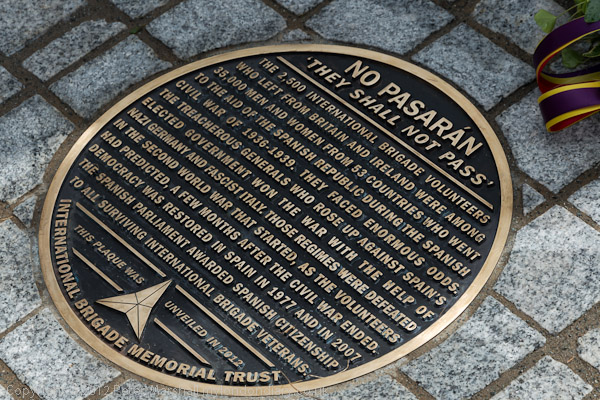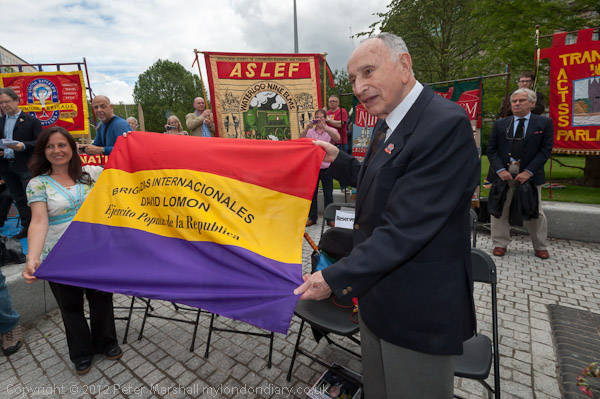Dalston Doorcases to Marie Lloyd – On Thursday 27th July 1989 I took the North London Line to Dalston Kingsland and crossed the road into Ridley Market and walked along Colvestone Crescent and on to Montague Rd. I can’t now remember what had brought me to North London for this brief interruption to my series of walks south of the river.
Here there are four houses on both sides of the street with similar doorways to the pair in my photograph with these odd decorative figures supporting the lintel. Those further down the street have simpler largely geometrical designs.
I was unsure what to call these muscular male figures, hand on hips staring down at the ground with what appear to be victory wreaths of laurel leaves around their heads and a pair of rather fishy looking tails. A long and detailed study published by the Hackney Society, The Victorian Villas of Hackney by Michael Hunter tells me they are mermen, and provides other examples of ‘bizarre doorcases’ in the Victorian villas of the 1850s and 1860s in Dalston. These date from 1861-6.
There are several houses close to Dalston Lane at the south end of Cecilia Road that have converted shopfronts with consoles matching that at the top right of this shop and this was one of these.
Although the advertising for the News of the World and Silk Cut suggests this was once a newsagent and tobacconist, it looks as if it was by 1989 a junk shop.
This building on the corner of Stanford Mews is still there and has kept its decorative iron balcony railing though not the Eagle Shipping Services advertising and graphics. Its upper floor is now simply painted white while the ground floor has been converted into a ‘rustic health food cafe & shop‘, Healthy Stuff.
James Elves was a marble mason and called his premises at 164 Dalston Lane Carrara House, after the area in Italy famous for its marble. Born in Shoreditch he lived and worked here with his family from around 1900 at least until 1930.
The house is still there and also its porch, but the tiles – presumably marble – of the front path have been replaced with duller slabs.
A few yards south of Dalston Lane, these houses in Greenwood Road were looking a little the worse for wear in 1989 but are considerably smarter now. With three stories and a basement these houses are now largely converted into four flats.
I continued south to Graham Road where I found more of Hackney’s remarkable doorcases. The left hand door is 98B as I think there will he a separate door in the area below to the basement flat.
Michael Hunter has a picture of a similar pair a few doors down where he states that the Roman standards are based on pattern books of classical architecture, “but the extraordinary swags of solidified shells over the doors of… Graham Road defy analysis.“
The unfortunate door at right has since been replaced, but with another design that while preferable is still not in keeping with the building.
A closer view of one of the swags showing more clearly the shells and at the centre a lion’s head.
Finally for today, a rather simpler doorway in Graham Road with the GLC plaque recording that Marie Lloyd, Music Hall Artiste lived here. The dates are those of her life, 1870-1922.
Born in Hoxton in 1870 as Matilda Wood, she made her first appearances on stage when she was 14, taking the stage name Marie Lloyd the following year. So many of the old music hall songs we now know were made famous by here, not least for her remarkable use of nuance and double-entendre as well as displaying her undergarments in a way that respectable Victorians found deplorable but music hall audiences loved.
She moved into this house after her marriage in 1887 – but the marriage was not happy for long. After a disastrous bust-up she moved out from Graham Road in 1894.
As she sang ‘A little of what you fancy, does you good‘ but in her life she certainly became ‘one of the Ruins That Cromwell Knocked About a Bit‘ and at her funeral, thousands took the advice of ‘My Old Man‘ and followed the van to her burial from Woodstock Road in Golders Green to Hampstead Cemetery. Train journeys recently have often left me wondering ‘Oh Mr. Porter, what shall I do?
More from his walk shortly.








